Best Photos of 2010
A good friend once told me that his photography goal was to shoot two or three really good images each year. I’ve tried to keep that in mind in the years since. It is only on looking back over the last year’s photographs, having now removed myself from the emotion and excitement that was present when the images were made, that I can judge whether I have succeeded in making a small number of really notable images. I feel pretty good about what I produced in 2010. So in true shameless promotional fashion, here are my personal favorites, in no particular order. These are not necessarily the images that I feel will sell best (although I hope they do well in that regard!). Rather, these are the photographs that best recall emotion and remembrance of where I was and what I was feeling when I made them. I owe a big “Thank you” to my wonderful wife Tracy, to my daughters and to my friends for your support and encouragement!
Adelie penguins leaping into the ocean from an iceberg.
Image ID: 25005
Species: Adelie Penguin, Pygoscelis adeliae
Location: Brown Bluff, Antarctic Peninsula, Antarctica
Archangel Falls in autumn, near the Subway in North Creek Canyon, with maples and cottonwoods turning fall colors.
Image ID: 26097
Location: Zion National Park, Utah, USA
Red gorgonian on rocky reef, below kelp forest, underwater. The red gorgonian is a filter-feeding temperate colonial species that lives on the rocky bottom at depths between 50 to 200 feet deep. Gorgonians are oriented at right angles to prevailing water currents to capture plankton drifting by.
Image ID: 25393
Species: Red gorgonian, Lophogorgia chilensis
Location: San Clemente Island, California, USA
Giant redwood, Lady Bird Johnson Grove, Redwood National Park. The coastal redwood, or simply ‘redwood’, is the tallest tree on Earth, reaching a height of 379′ and living 3500 years or more. It is native to coastal California and the southwestern corner of Oregon within the United States, but most concentrated in Redwood National and State Parks in Northern California, found close to the coast where moisture and soil conditions can support its unique size and growth requirements.
Image ID: 25795
Species: Coast redwood, giant redwood, California redwood, Sequoia sempervirens
Location: Redwood National Park, California, USA
Kelp fronds and pneumatocysts. Pneumatocysts, gas-filled bladders, float the kelp plant off the ocean bottom toward the surface and sunlight, where the leaf-like blades and stipes of the kelp plant grow fastest. Giant kelp can grow up to 2′ in a single day given optimal conditions. Epic submarine forests of kelp grow throughout California’s Southern Channel Islands.
Image ID: 25396
Species: Giant kelp, Macrocystis pyrifera
Location: San Clemente Island, California, USA
Blue whale, exhaling as it surfaces from a dive, aerial photo. The blue whale is the largest animal ever to have lived on Earth, exceeding 100′ in length and 200 tons in weight.
Image ID: 25953
Species: Blue whale, Balaenoptera musculus
Location: Redondo Beach, California, USA
Adams River sockeye salmon. A female sockeye salmon swims upstream in the Adams River to spawn, having traveled hundreds of miles upstream from the ocean.
Image ID: 26161
Species: Sockeye salmon, Oncorhynchus nerka
Location: Adams River, Roderick Haig-Brown Provincial Park, British Columbia, Canada
Wandering albatross in flight, over the open sea. The wandering albatross has the largest wingspan of any living bird, with the wingspan between, up to 12′ from wingtip to wingtip. It can soar on the open ocean for hours at a time, riding the updrafts from individual swells, with a glide ratio of 22 units of distance for every unit of drop. The wandering albatross can live up to 23 years. They hunt at night on the open ocean for cephalopods, small fish, and crustaceans. The survival of the species is at risk due to mortality from long-line fishing gear.
Image ID: 24071
Species: Wandering albatross, Diomedea exulans
Location: Southern Ocean
Paraglider soaring at Torrey Pines Gliderport, sunset, flying over the Pacific Ocean.
Image ID: 24286
Location: La Jolla, California, USA
King penguin, showing ornate and distinctive neck, breast and head plumage and orange beak.
Image ID: 24581
Species: King penguin, Aptenodytes patagonicus
Location: Fortuna Bay, South Georgia Island
Southern humpback whale in Antarctica, with significant diatomaceous growth (brown) on the underside of its fluke, lifting its fluke before diving in Neko Harbor, Antarctica.
Image ID: 25647
Species: Humpback whale, Megaptera novaeangliae
Location: Neko Harbor, Antarctic Peninsula, Antarctica
Eureka Dunes. The Eureka Valley Sand Dunes are California’s tallest sand dunes, and one of the tallest in the United States. Rising 680′ above the floor of the Eureka Valley, the Eureka sand dunes are home to several endangered species, as well as “singing sand” that makes strange sounds when it shifts. Located in the remote northern portion of Death Valley National Park, the Eureka Dunes see very few visitors.
Image ID: 25249
Location: Eureka Dunes, Death Valley National Park, California, USA
Racetrack Playa, an ancient lake now dried and covered with dessicated mud.
Image ID: 25264
Location: Racetrack Playa, Death Valley National Park, California, USA
Cathedral Range peaks reflected in the still waters of Townsley Lake at sunrise.
Image ID: 25764
Location: Yosemite National Park, California, USA
Sandhill cranes flying, wings blurred from long time exposure.
Image ID: 26225
Species: Sandhill Crane, Grus canadensis
Location: Bosque Del Apache, Socorro, New Mexico, USA
A young girl has fun swimming in a pool.
Image ID: 25291
Tabular iceberg, Antarctic Peninsula, near Paulet Island, sunset.
Image ID: 24778
Location: Paulet Island, Antarctic Peninsula, Antarctica
Two Adelie penguins, holding their wings out, standing on an iceberg.
Image ID: 25050
Species: Adelie Penguin, Pygoscelis adeliae
Location: Paulet Island, Antarctic Peninsula, Antarctica
See also:
Best Photos of 2009
Best Photos of 2008
Best Photos of 2007
There are approximately 2700 “keepers” that I made in 2010 and that are now in my stock photo library. The following gear was used to make them. These proportions come from the metadata filter tab in Lightroom.
Canon EOS 1Ds Mark III: 55%
Canon EOS 5D Mark II: 23%
Canon EOS 1Ds Mark II: 21%
Panasonic Lumix DMC-LX3: 1%
Canon 15mm f/2.8 fisheye prime lens: 4%
Canon 16-35mm f/2.8 L II zoom lens: 12%
Canon 24mm f/2.8 prime lens: 1.5%
Canon 24-70mm f/2.8 L zoom lens: 0.07%
Canon 24-105mm f/4 L zoom lens: 24%
Canon 70-200mm f/4 L zoom lens: 14%
Canon 300mm f/2.8 L telephoto lens: 26%
Canon 500mm f/4 L telephoto lens: 19%
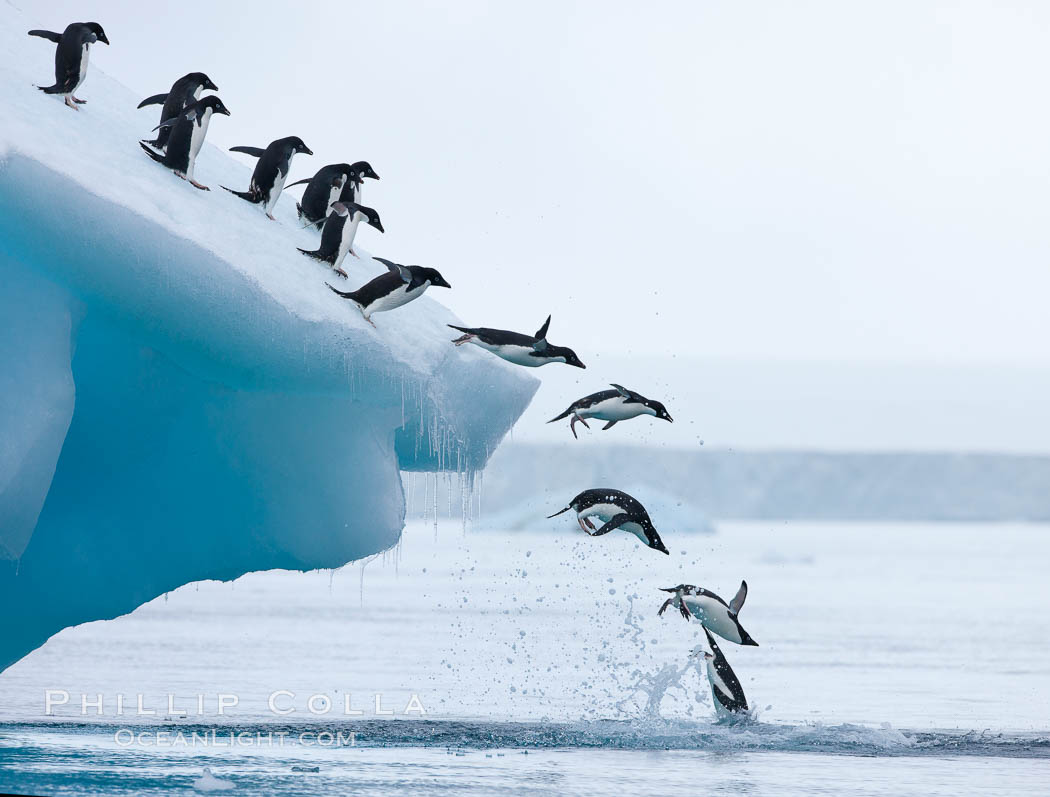
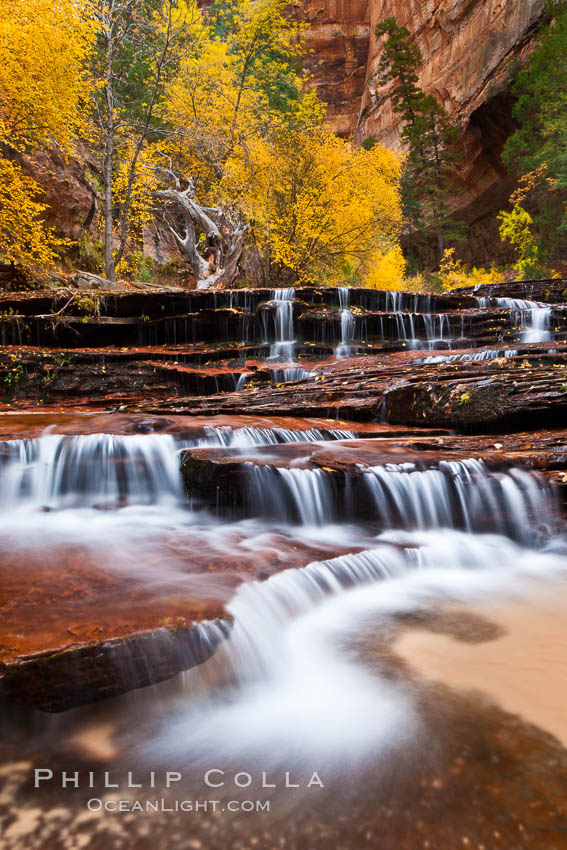
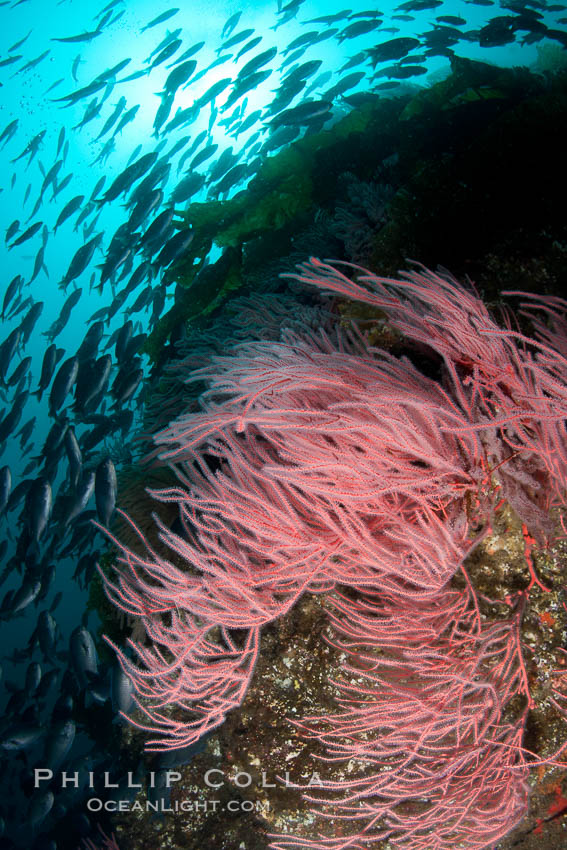
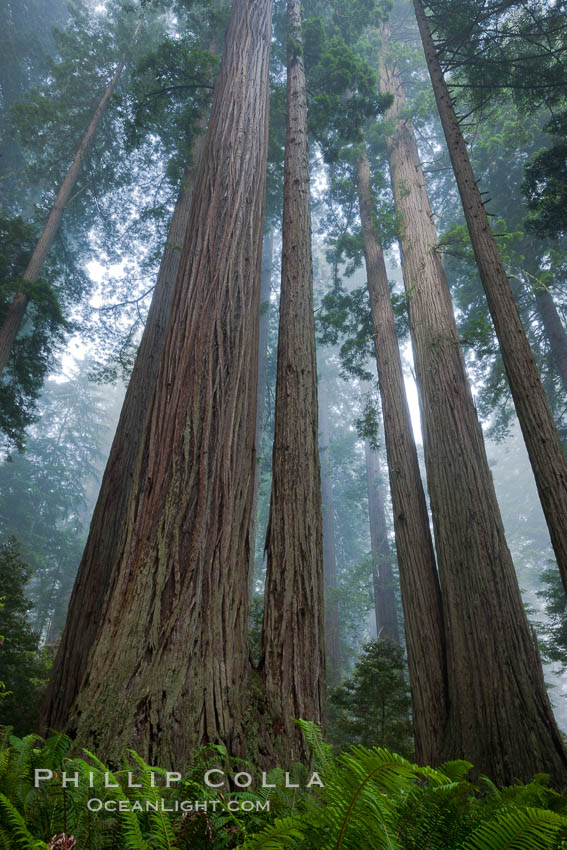
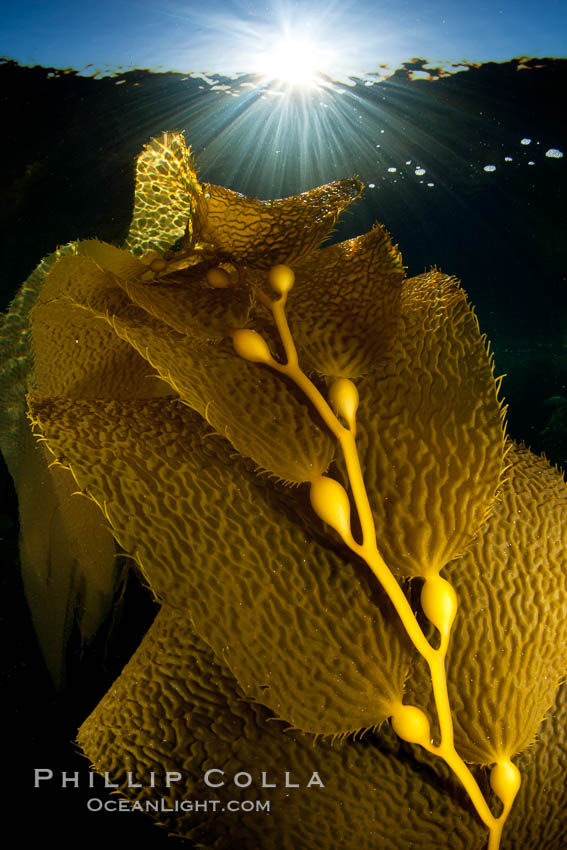
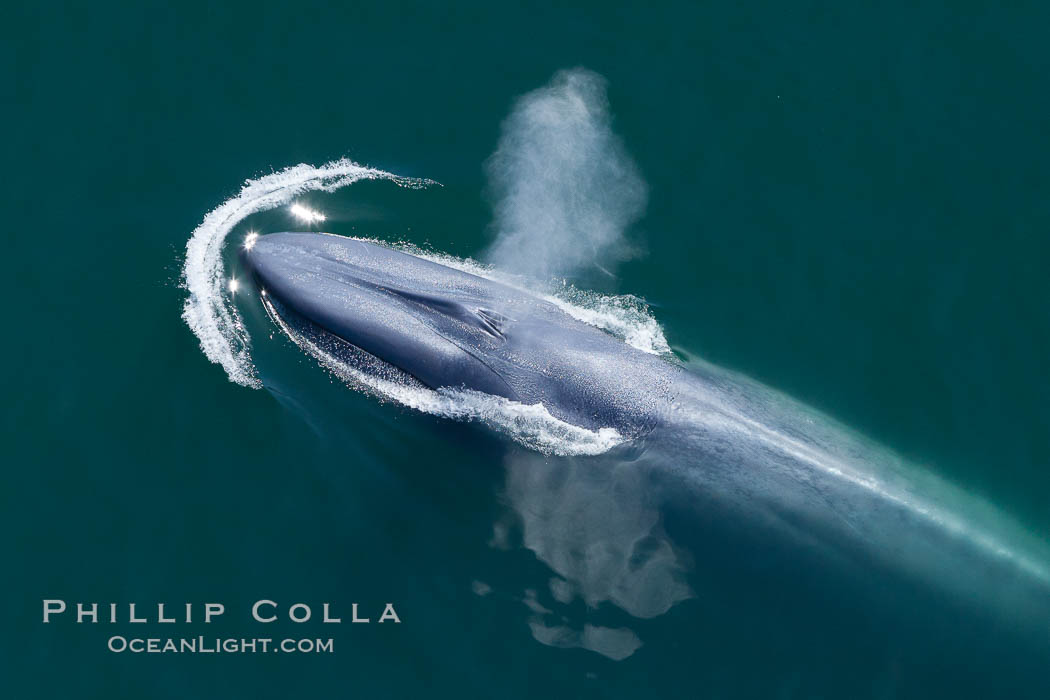
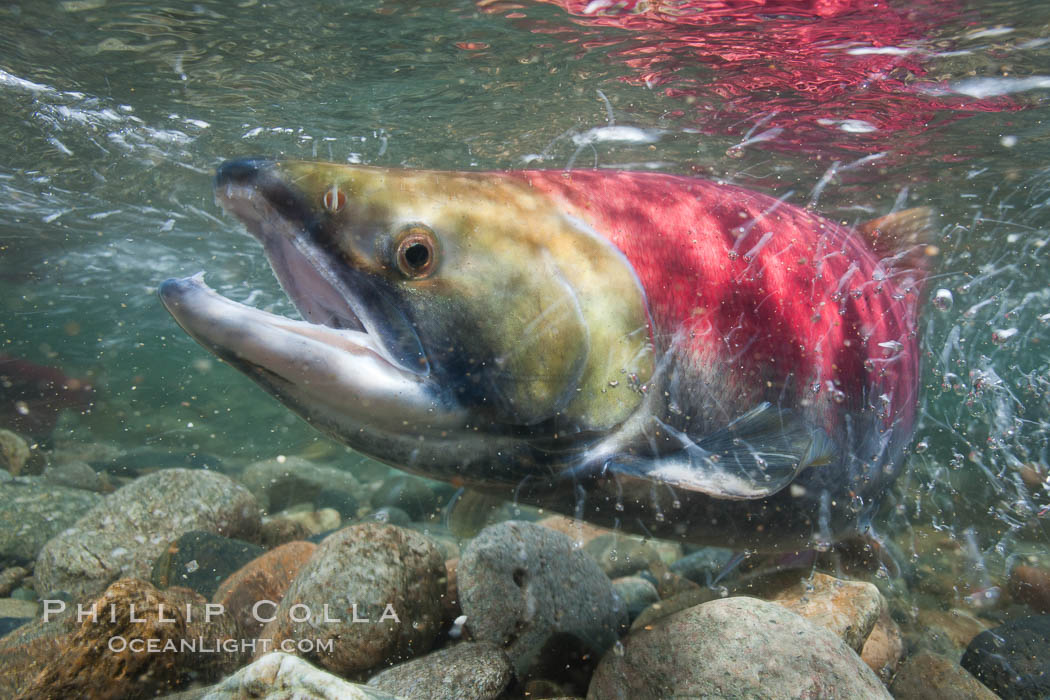
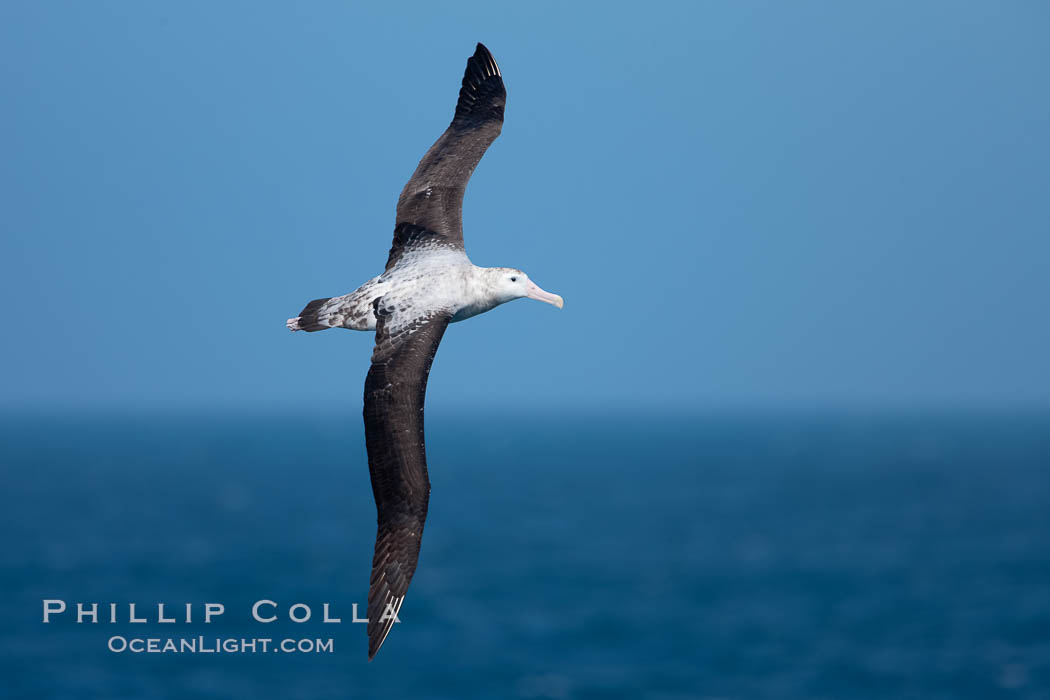
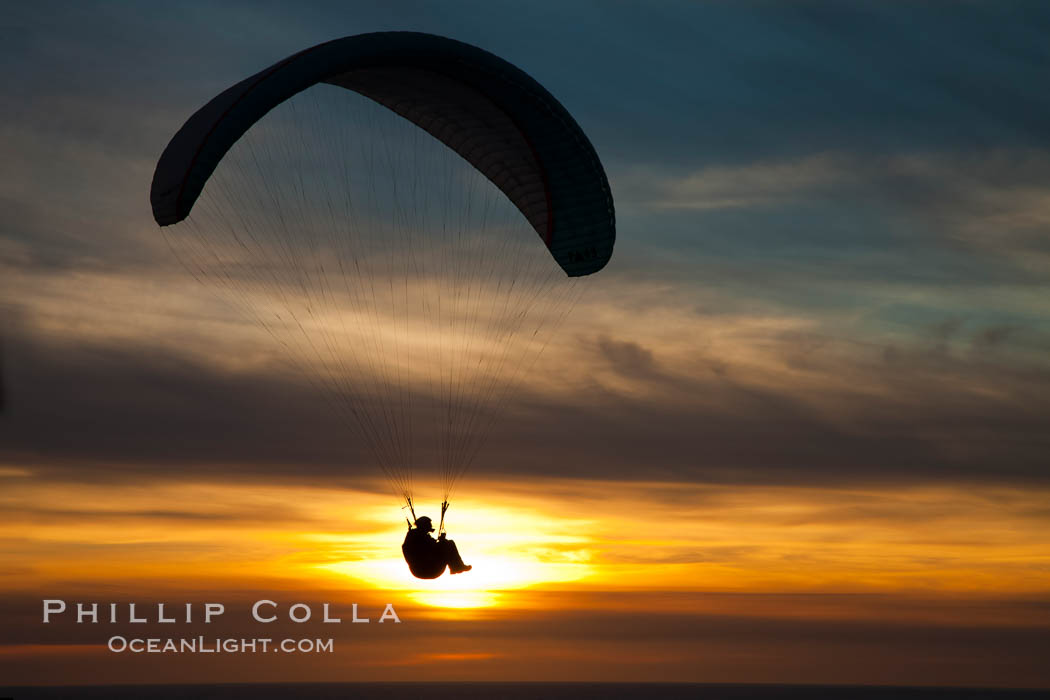
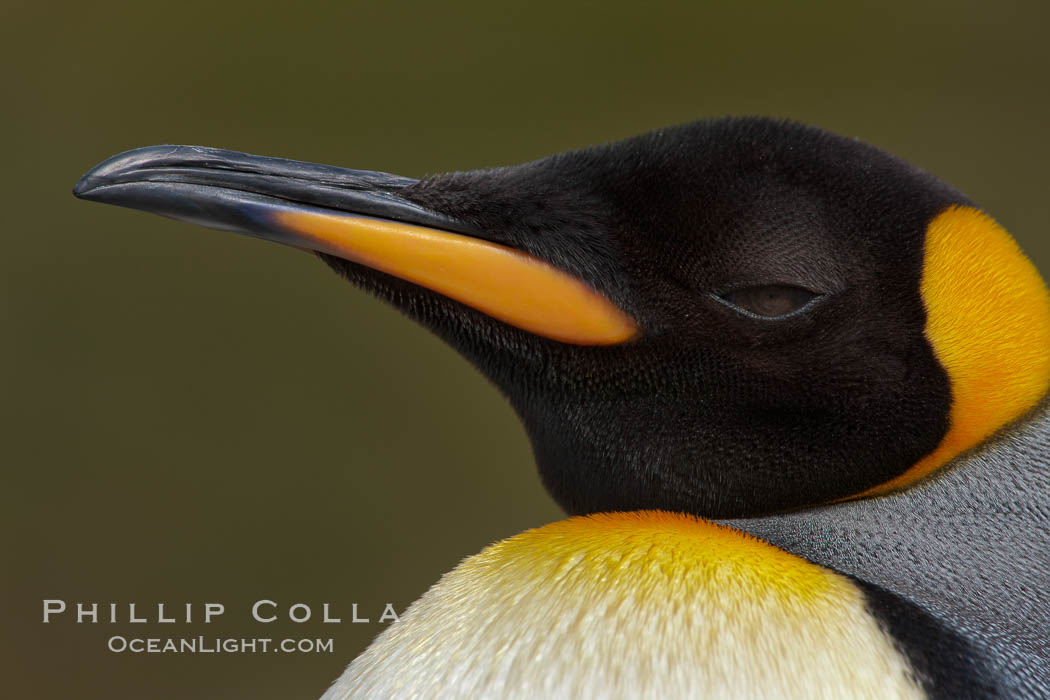
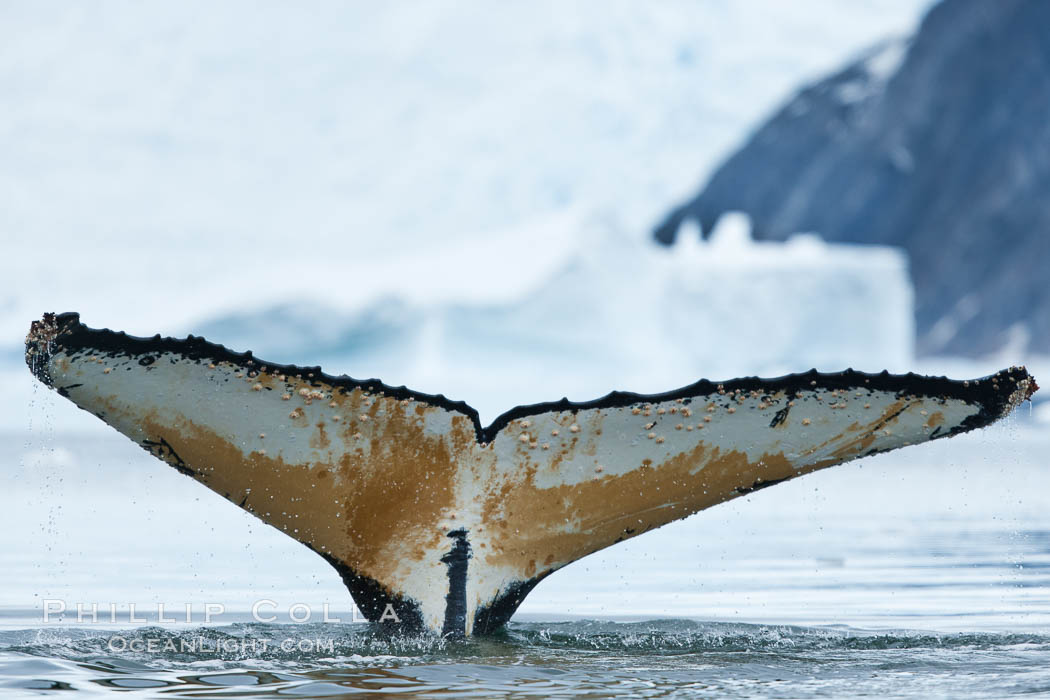
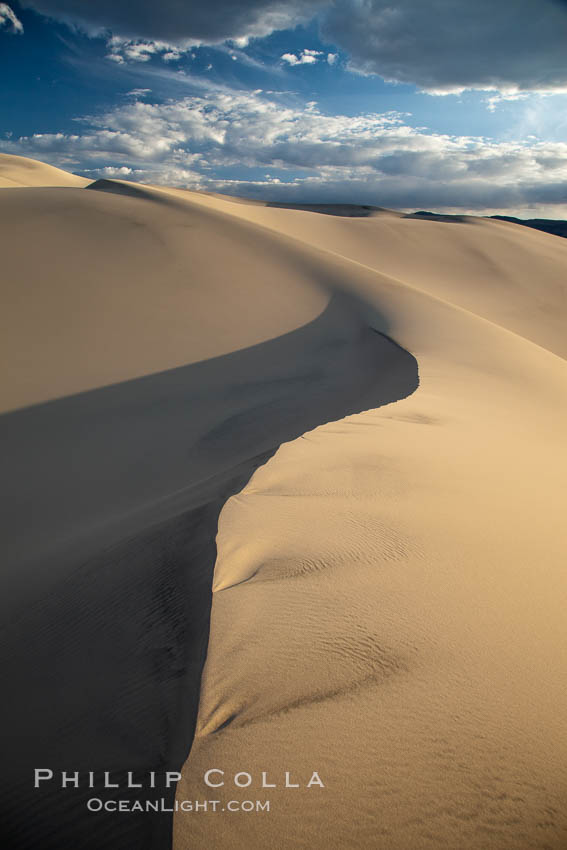
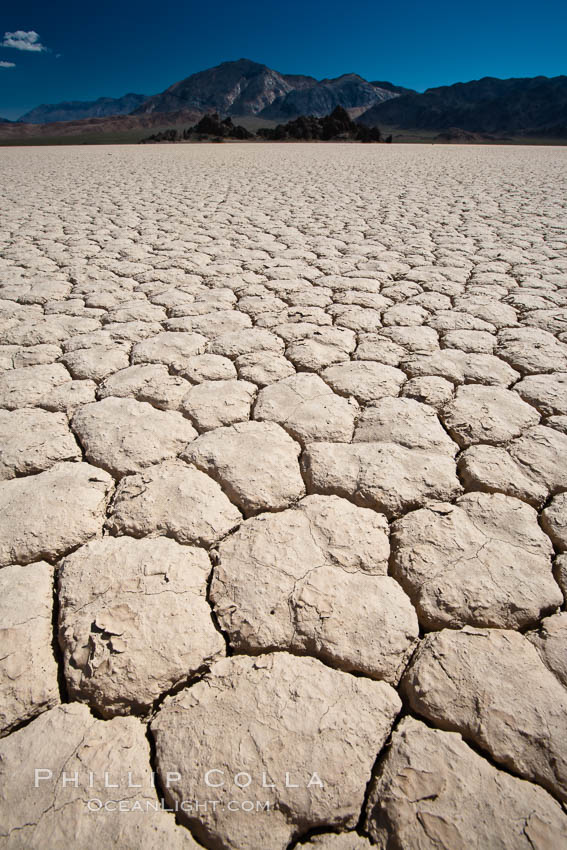
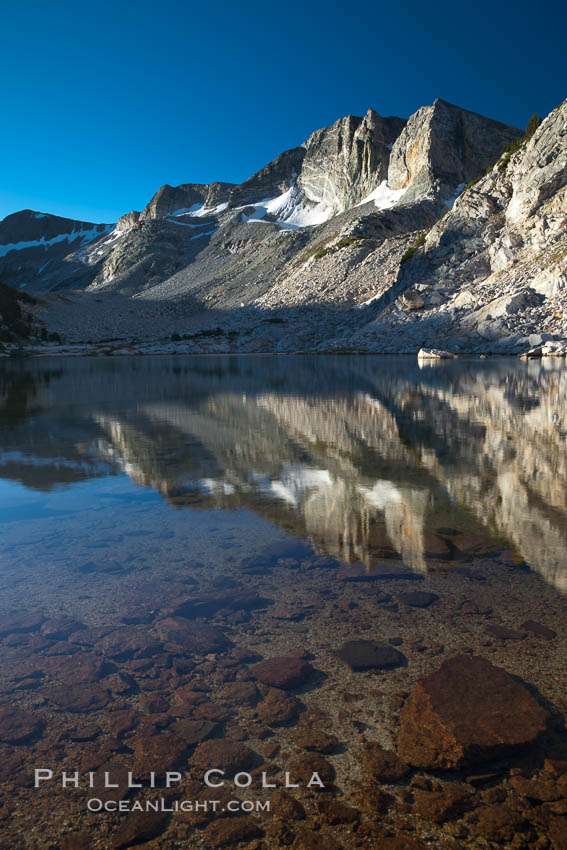
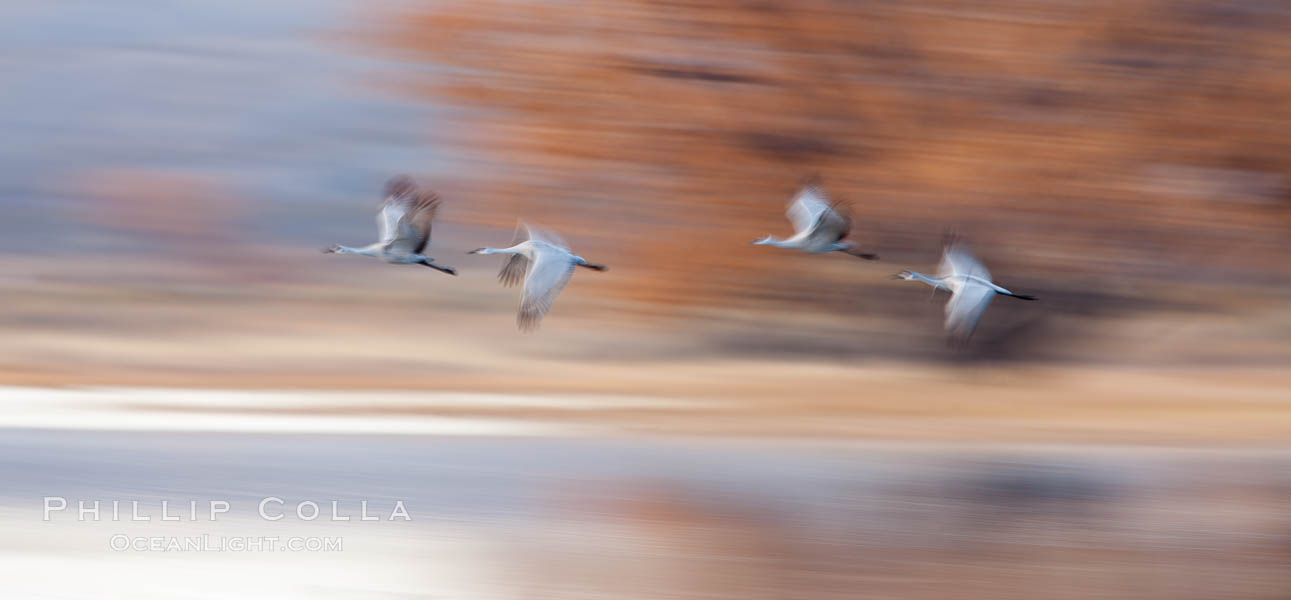
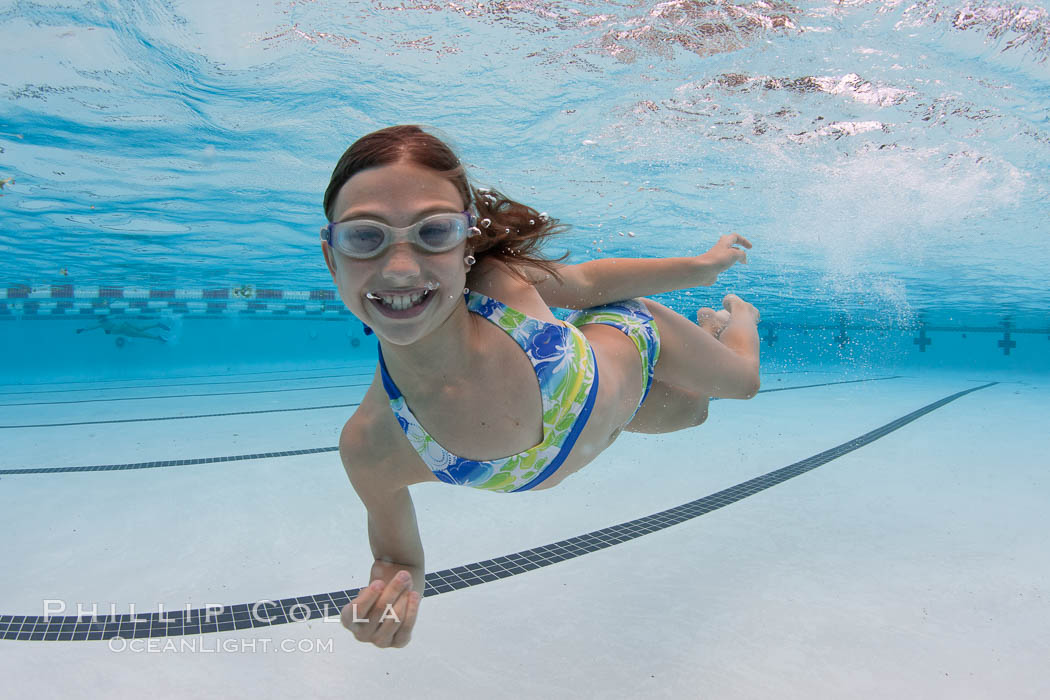
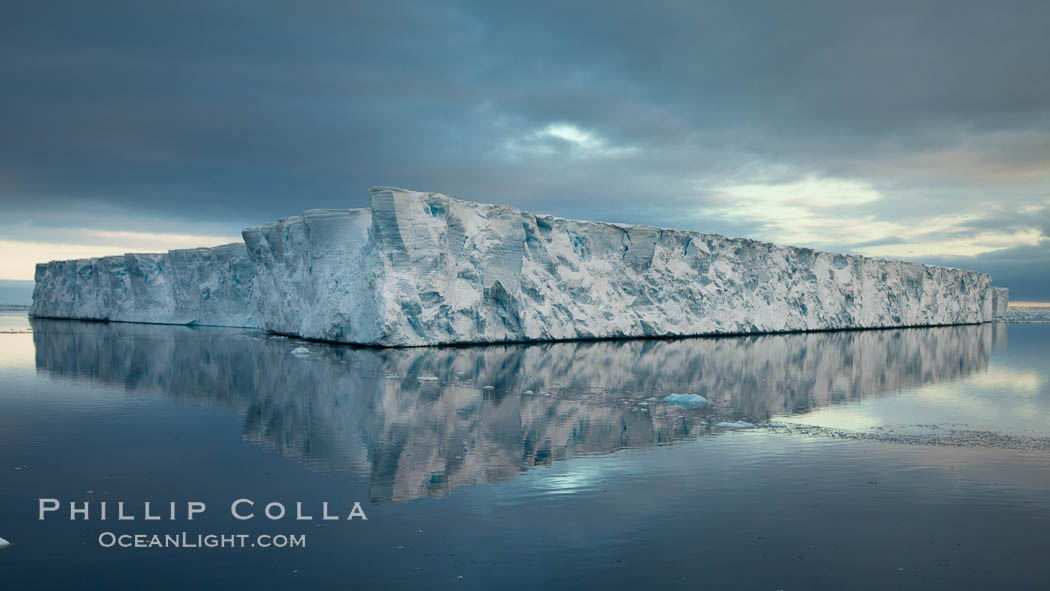
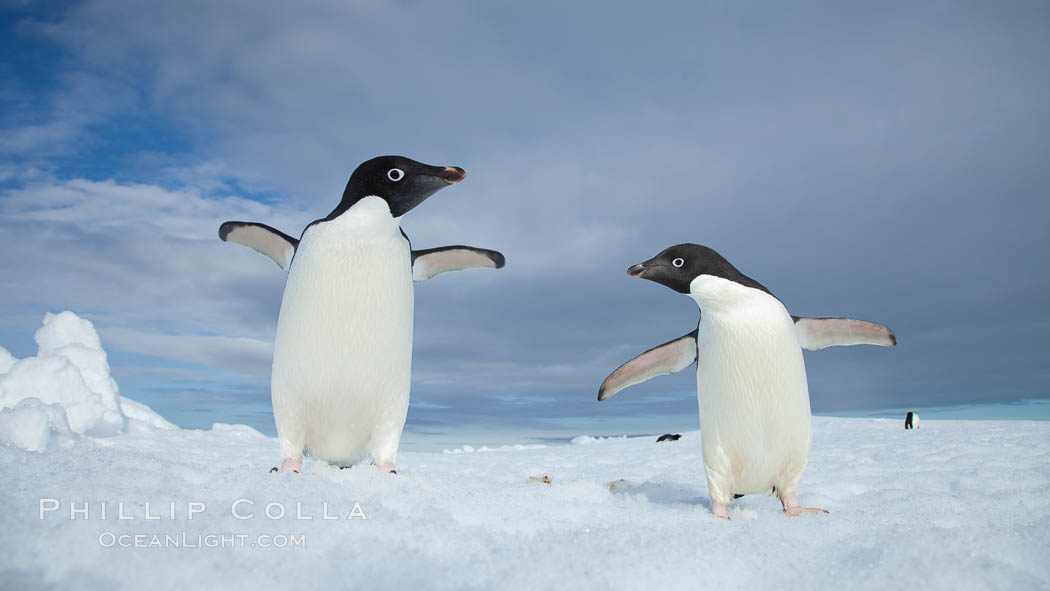




The two here that just blew me away when I scrolled to them were “sandhill cranes” and “tabular iceberg”. Wow, wow, wow.
Thanks John! Glad we were able to share that Death Valley trip, that was one of the highlights of the year for me.
Killer shots! The lens usage data is very interesting.
What a great collection of images Phil! Awesome. I really love the first one.
Kenny, Ron — thanks very much. They were a lot of fun to make!
This is one of the best 2010 portfolios that I have viewed!
Thanks Jon, your help with the salmon planning was key!
Beautiful collection! I admire that you have such a diversity of photos that are so good–you do well in a variety of environments, with both landscapes and wildlife.
Phil,
Very, very fine, diverse set of “bests” Really liked them all but especially the kelp, cranes, and of course, those penguins! Thanks for sharing.
Samantha, Patrick — thanks very much. (Patrick, thanks also for helping to make some of my best pictures of the year possible.)
You have had an incredible year, Phil. Wow man. That first one is unbelievable! Everything from the color to the light just works.
Incredible shots, Phil! Glad I was there for a few. My favorite is the first, the diving penguins; just brilliant. Thanks for the continuous inspiration and camaraderie!
as they many comments already bear witness, you had a pretty good year. very nice scope.
Richard, Garry, Skip — thanks!
Phil:
Terrific images! What a great year 2010 was for your photography! Though hard to choose, my favorites were the leaping penguins, the kelp closeup (sunburst really made it unusual),the sockeye salmon, and the penguin duo (which for those of you who might not know was both the cover and a two-page spread in the spring/summer 2010 issue of Nature’s Best Magazine from their annual “Ocean Views” photo contest).
Ken Howard
Ken, thanks very much. Here’s hoping we can get together this year for some travel/diving/photo!
Amazing collection Phil, especially the kelp – I love the light. Hey, congrats on the Nature’s Best magazine coverage.
Thanks Vicki! The NB tear sheet was 6 months ago, but given the magazine only comes out twice a year I guess its ok for Ken to mention it. 🙂
I love your first shot especially! That is amazing! The rest of your shots are really neat to, I especially love the bird pictures!
I really like the Sandhill Cranes in flight, that is magnificent!
Geez Phil. Your top 10 makes me want to throw mine in the trash. 🙂 Excellent work. Each one clearly stands out on its own merits.
Chris, Mark — thanks very much!
Wow, Phil. Lots of really superb images here. The kelp, Blue Whale, Salmon, and Tabular berg are my faves, and dangnabbit if those adelie penguins aren’t cute as a button…
Thanks very much Gary!
Awesome collection, Phil. The sandhill cranes and submarine kelp shots are simply outstanding. Here, to an even better 2011!
Phil,
I love the penguin shot. The others are great as well.
Rob
Amazing photos! Looks like you had a great year. And thanks a lot for your comment over on my blog.
I love all of them – especially the Antarctic ones, seems quite a few people on Jims list went there last year! I love the penguins. I think the Antarctic will have to go on my list (despite my dislike of the cold).
Suzy
Karen, Rob and Suzy, thanks very much!
Just awesome… and very-very inspiring. Would really love to come close to these sometime in the future. Have a even greater 2011!
Wow incredicle work, you can see the dedication through your work. The whale images are unbelievable and definitely my favorite.
collection of photograph is really wonderful . It encourage me a lot .
Wonderful work; truly inspiring. Thank you for sharing your talent.